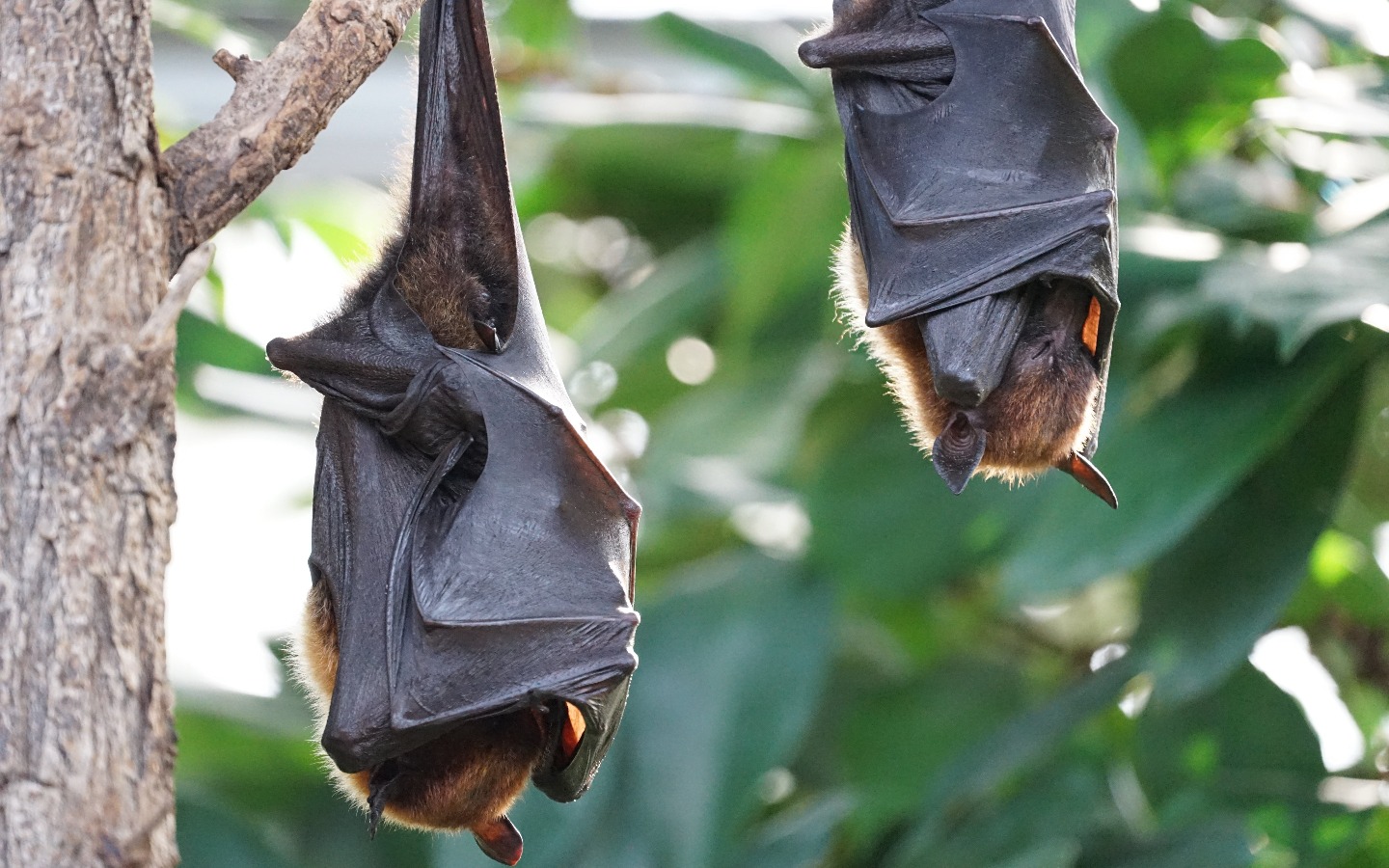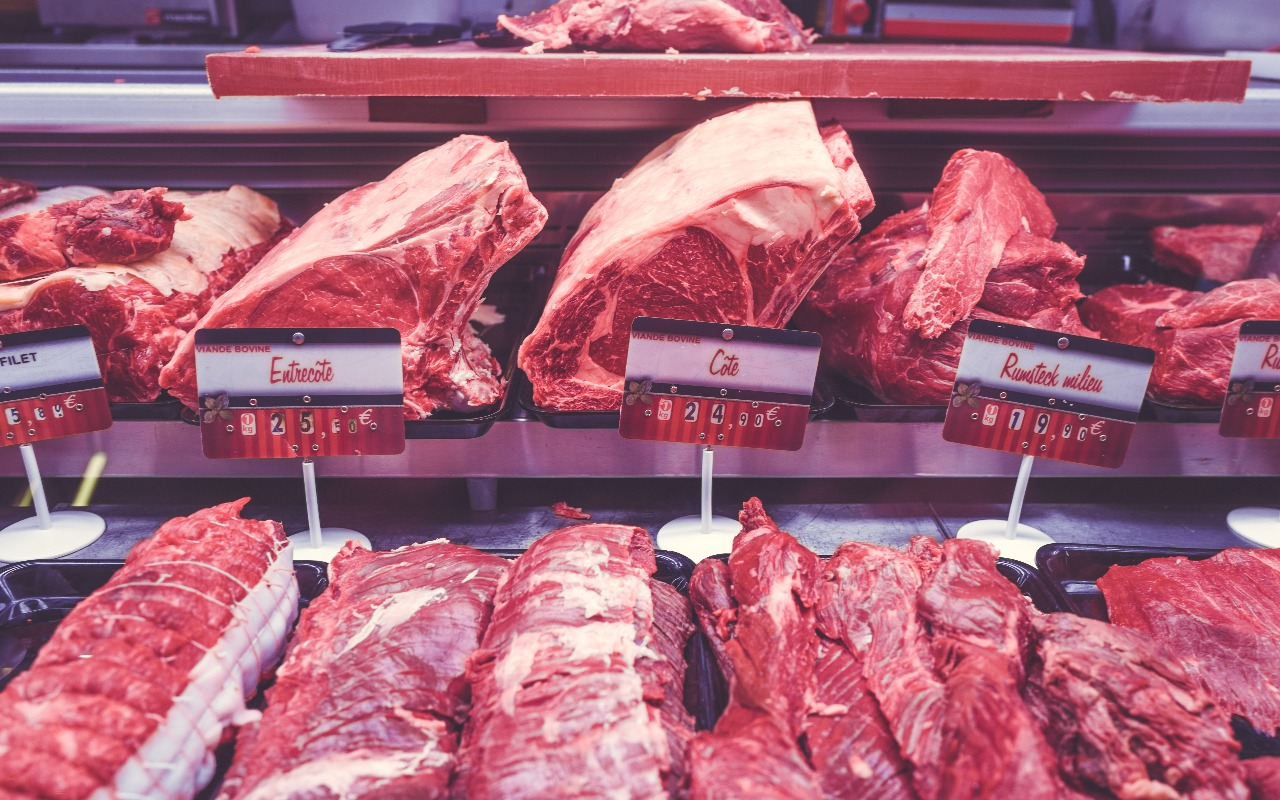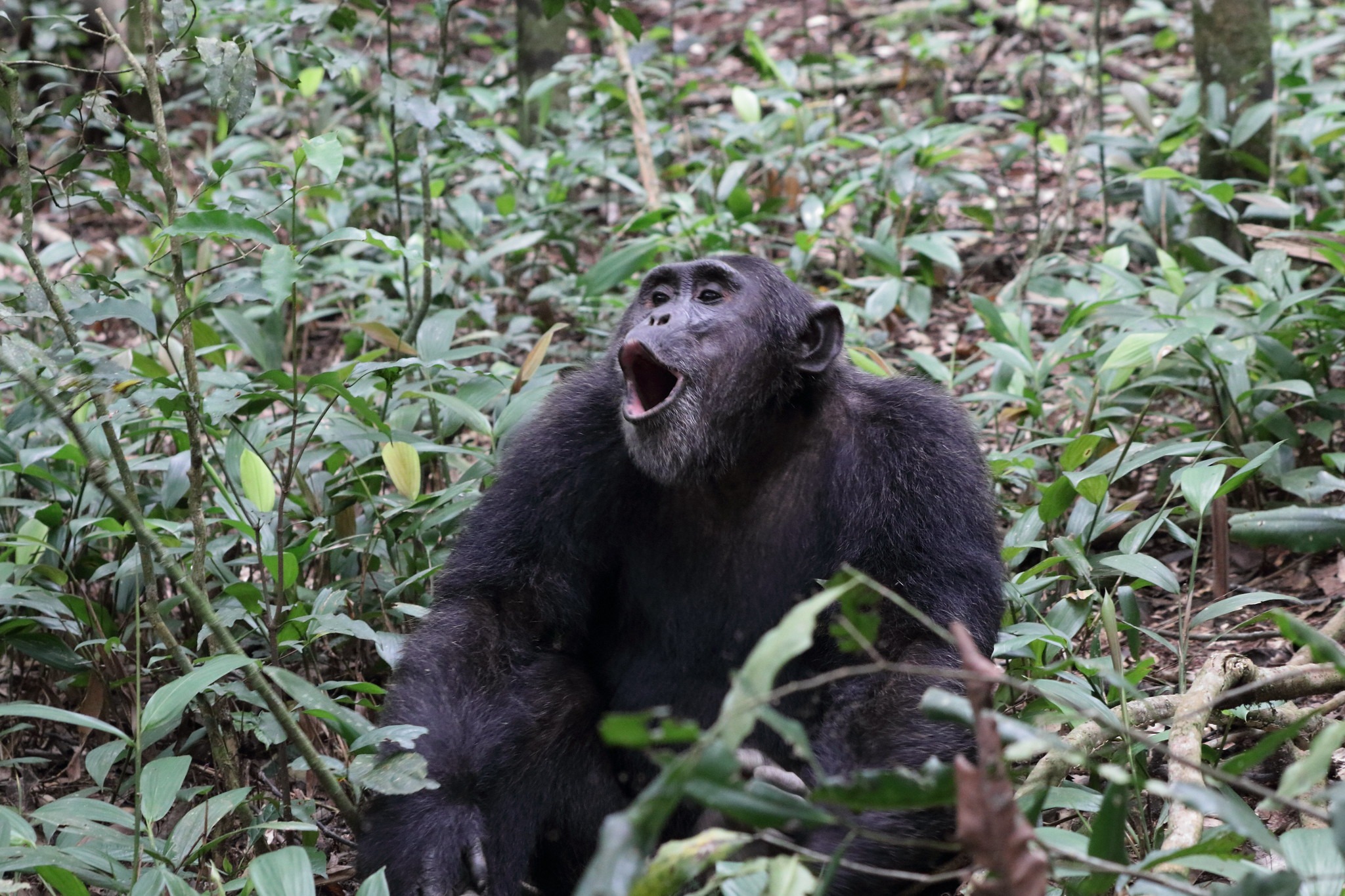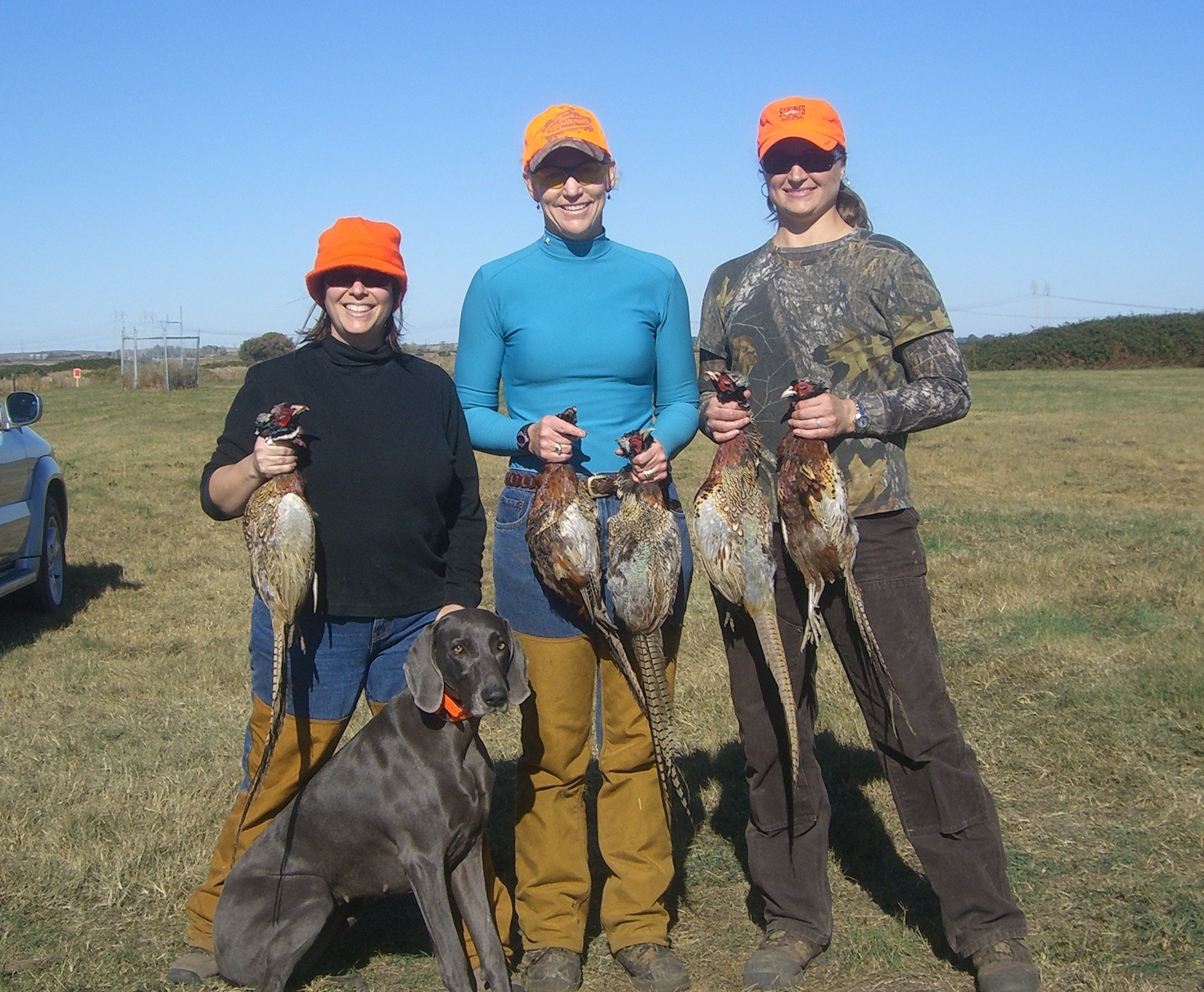The Real Risks of Exotic Meat
By Jonah Dratfield
Contributor
6/4/2020

Recently, the outbreak of SARS-CoV2 (known to most as “the coronavirus”) was linked to the handling of pangolin meat at a market in Wuhan, China, putting the exotic food trade under increased scrutiny. Scientists believe that the scaly anteaters may have acted as intermediate hosts, spreading the virus to humans after being contaminated with bat urine or feces. Since bats are eaten in southern China and often found in similar markets, it’s easy to see how the spillover may have happened. The Chinese government responded to the outbreak by placing a ban on the consumption and farming of wildlife.
While the outbreak has had and will continue to have catastrophic consequences, there isn’t a clear moral to it – apart, perhaps, from the need for better food regulations. Does this outbreak mean humans shouldn’t be eating animals like bats? Or are views like these just expressions of cultural bias?
Smuggled pangolins have been found to carry diseases similar to SARS-CoV2, but it’s not clear that they caused this specific spillover to humans. Besides, chicken can spread disease to humans too and many scientists warn about strains of avian flu carried by ducks. What then makes these foods safer than pangolin and bat? In an article in Foreign Policy, James Palmer argued that bat consumption itself shouldn’t be blamed for the virus since China’s food safety standards are notoriously bad. Could our association of exotic meats to diseases be due to the “culinary ethnocentrism and culinary racism” bizarre food expert Andrew Zimmern says Americans have practiced for centuries?

All of these are valid points. But they’re not arguments that parse the full complexity of this issue. China’s regulatory policies do warrant criticism and Americans are irrationally disgusted by certain foods. But we can acknowledge these failures and still assess whether certain food choices make sense. This is a matter of health and global wellbeing, not just of cultural sensitivity, and we need to treat it like one. There are clear scientific reasons not to hunt certain animals and handle certain types of meat without abiding by stringent safety precautions.
There are clear scientific reasons not to hunt certain animals and handle certain types of meat without abiding by stringent safety precautions.
The first reason is that some animals have a higher likelihood of transmitting diseases to humans – or, at the very least, have transmitted more diseases to humans in recent years. And, yes, bats are one of those animals. Scientists believe that bats carry so many diseases because they have strong immune systems, which cause viruses to become more virulent. When a virus infects a bat, the bat’s immune system rapidly walls the virus out of the cells. This protects the bat from the virus, but also encourages the virus to reproduce quickly. Consequently, bats are reservoirs for many rapidly reproducing, highly transmissible viruses; diseases which other animals can’t easily fight off. To make matters worse, because they often roost in large colonies, bats tend to pass many different types of viruses to each other. Human-bat interaction (both through direct contact with bats and through contact with animals infected by viruses from bats) has been linked to the outbreak of countless diseases, including rabies, Marburg, Nipah, Hendra, and Ebola. In fact, SARS-CoV2 is not the first coronavirus pandemic traced back to bats. In 2003, SARS-CoV (commonly referred to as just “SARS”) broke out in southern China and caused more than 8,000 infections worldwide. According to disease ecologist Peter Daszak it’s crystal clear that this virus originated in bats.
While bats are probably the most common reservoirs for disease, rodents are also especially virulent; illnesses associated with them include lyme disease and the bubonic plague. Apes have also served as intermediate hosts for various awful zoonoses (diseases transmitted from humans to animals). One of the first Ebola outbreaks was linked to the butchering of a chimpanzee in Gabon in 1996. Likewise, chimpanzees (and, most likely, chimpanzee meat) were identified as the original source of the HIV infection in humans. Scientists concluded that one specific transmission event in Cameroon gave rise to the current AIDS epidemic. They believe that this transmission occurred when a chimpanzee was slaughtered for food and its blood and/or body fluids infected the hunter.

Chimpanzee (Picture Credit: NH53)
While these findings are worrying, they don’t tell us whether foods like chimpanzee are actually less safe than chicken. They don’t distinguish between bad safety practices and bad food. What if chimpanzee were regulated and cooked like chicken is in the US? Would it still be a safety hazard or would it just be another meat?
What if chimpanzee were regulated and cooked like chicken is in the US?
Scientifically, this is an interesting question. And the general consensus is that all meat, prepared properly, is safe. Food safety standards experts in the UK say that bushmeat is as safe as other meats if cooked correctly. And, broadly speaking, scientists agree that five minutes of boiling kills the vast majority of pathogens in food. According to Thomas J. Montville, Professor Emeritus of food science at Rutgers University, “cooking any meat, bush or regular, would kill all the germs.”
Organizations, though, don’t see it this way. In their eyes, potential accidents have too many consequences – regardless of how rare they might be. UNICEF warns against eating bushmeat, even if it’s cooked safely, due to the fact that the butchering and eating of chimpanzees has been known to transmit Ebola to humans. And the importation of bushmeat into the US carries a $250,000 fine. Additionally, the CDC instructs Americans never to eat or handle bushmeat. These may seem like double standards, due to the fact that animals like deer and pheasants are commonly hunted in the US and also pose health risks, but the CDC and FDA don’t take the risks of hunting these animals lightly either. The CDC provides clear guidelines about safety precautions that need to be taken when hunting game and the FDA provides clear guidelines about the temperatures that different animals need to be cooked at.

Pheasants are commonly hunted and eaten in the West (Picture Credit: Renee V)
Hypothetically, there could be similar guidelines about bushmeat hunting and bushmeat preparation, but it’s unlikely these will ever be formulated. The taboos regarding exotic food are too strong and the SARS-CoV2 pandemic will undoubtedly continue to amplify them.
In the same way that certain foods are linked with certain cultures, so too are certain ways of hunting, producing, and selling food. We can try to calculate how risky it would be to have a well-regulated chimpanzee aisle in the American grocery store, but chimpanzee is not coming to the American grocery store any time soon. Likewise, we can imagine that all African countries have the resources to create and enforce good food safety rules, but many of them don’t. The truth is that bats, rodents, and chimpanzees tend to be eaten in tribal communities, and poorer countries, often those with inadequate food regulations. This means that they are hunted, not produced in factory farms. It also means that drastic changes would have to take place for these countries to mitigate the risks of selling and eating these animals. They would need to find ways to create effective hunting and cooking guidelines. And they would need to find ways to supply the necessary protective gear.
Bats, rodents, and chimpanzees are also not vital food sources in most of the places they’re eaten. In Papua New Guinea, bats are eaten, but only “a couple times a month” – due in part to how difficult they are to hunt. In Nigeria, rat meat is a special delicacy and valued more than beef or fish. Throughout Africa, apes are hunted and their meat is sold largely as a delicacy. Because of this, educational initiatives regarding the hazards of hunting these animals would be useful. The desire to avoid disease is universal. Knowledge of which animals cause which diseases, though, is not. Most people would not continue with dangerous hunting and handling practices if they were aware of the risks involved.
Food safety is a complex issue because individual choices have outsized influences on the probabilities of disasters like pandemics occurring. Recall that the AIDS epidemic was linked to one transmission event in Cameroon and that the transmission of SARS-CoV2 was boosted by a single market in China. In the words of science writer David Quammen, “individual effort, individual discernment, individual choice can have huge effects in averting the catastrophes that might otherwise sweep through a herd.” Put simply, we have options and those options matter.
Food safety is a complex issue because individual choices have outsized influences on the probabilities of disasters like pandemics occurring.
One thing we don’t have the option of doing, though, is calling all food habits culturally relative. One thing we don’t have the option of doing is viewing our own food habits uncritically. If the outbreak of SARS-CoV2 tells us anything it’s that the way we hunt and eat animals matters – not in some abstract way or in some distant future, but right now, to all of us, regardless of who or where we are.
The old adage is as true as ever: We are what we eat.
And, perhaps more importantly, we are how we eat it.
Related posts:
Modi and His Supporters Face a COVID Reckoning
Tablighi Superspreaders in Pakistan
The Culture Factor in COVID-19
The Moral Foundations of Anti-Lockdown Anger
Are Anti-Lockdown Protests Legal?
Allegory in the Time of Coronavirus
Your Odds of Dying From COVID-19 Depend on How Polluted Your Air Is
Japanese Culture Isn’t Designed to Handle a Pandemic
The Coronavirus and the Crisis of Responsibility
To See How Coronavirus Outbreak might Play Out, Look at This Virtual Plague
FAKE NEWS | Nothing to Worry About, Says Wuhan Official From Inside Biohazard Suit
